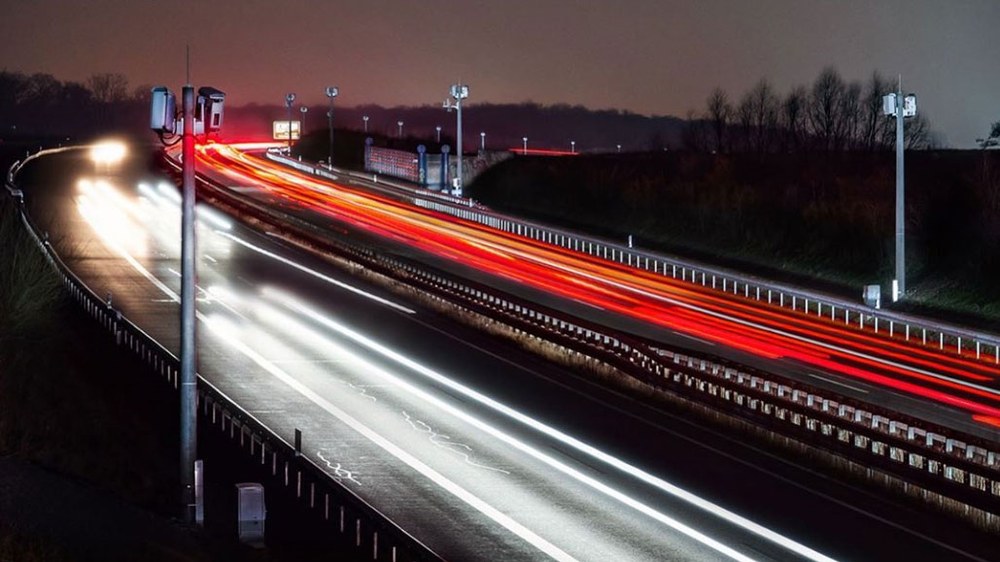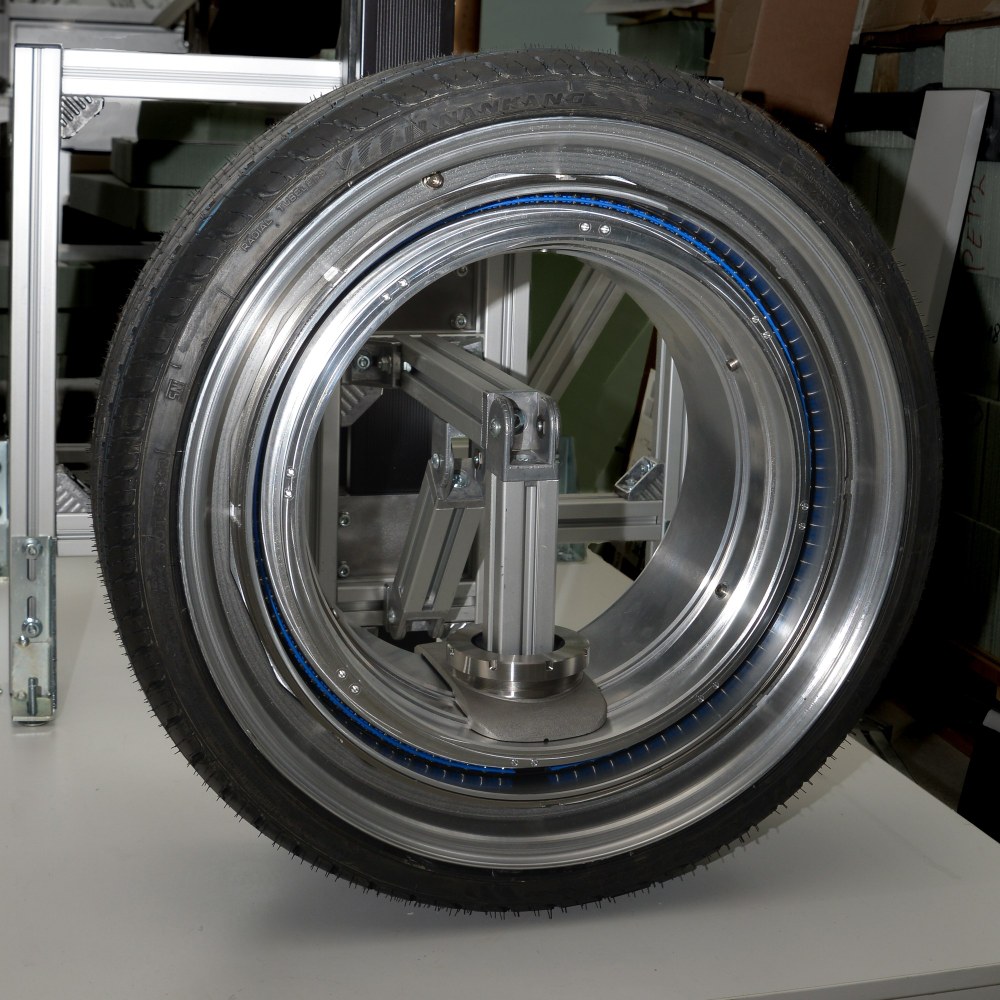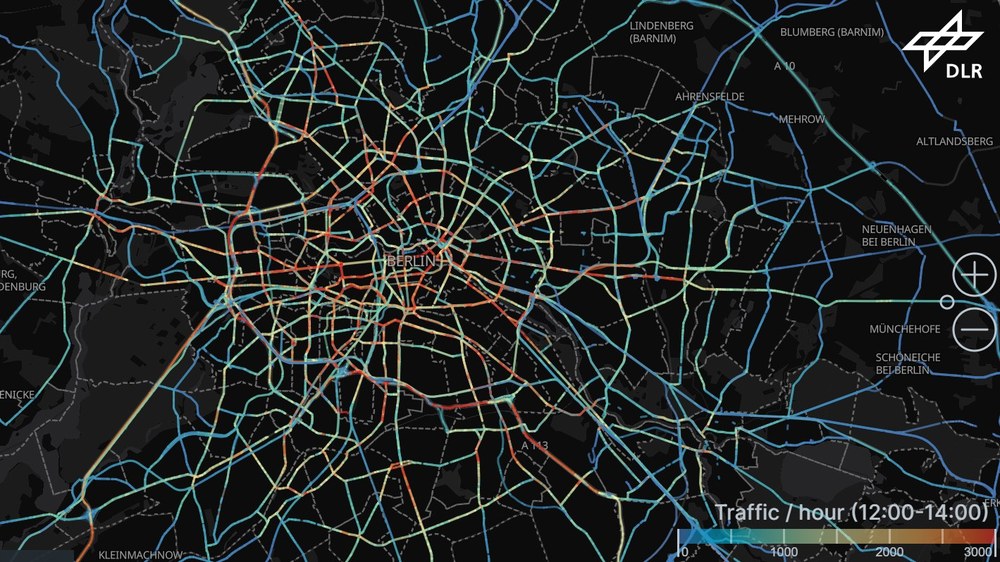DLR at the TRA 2024 in Dublin

- DLR will participate in the Transport Research Arena (TRA) conference in Dublin from 15 to 18 April 2024.
- DLR's transport research will provide insights into the topics of test infrastructure for automated and networked driving, running gear technology, climate-friendly shipping and mobility simulations for transport planning.
- Focus: Transport, mobility of the future
The German Aerospace Center (Deutsches Zentrum für Luft- und Raumfahrt; DLR) will showcase its latest transport research projects at the Transport Research Arena (TRA) in Dublin from 15 to 18 April 2024. The DLR stand (Hall 1, number 24) will focus on test infrastructure for automated and networked driving, running gear technology, technologies for climate-friendly shipping, and mobility simulations aimed at improving transport planning. The TRA is one of the largest research and technology conferences in the field of transport and mobility in Europe. It covers all modes of transport and all aspects of mobility and takes place at different locations each year. This year's motto is 'Transport Transitions: Advancing Sustainable and Inclusive Mobility'.
"DLR Transport Research develops, implements and operates realistic research infrastructures. Combined with DLR's expertise, these are also available to partners from industry and academia. DLR's transport research thus covers the entire tool chain: from highly specialised laboratories and unique test vehicles to research infrastructures in public spaces such as the Test Bed Lower Saxony. At TRA 2024, we are looking to exchange ideas with European research organisations and users in industry and administration in order to drive the transformation of mobility forward with our research," says Meike Jipp, DLR Divisional Board Member for Energy and Transport. DLR is the largest institutionally funded organisation for transport research in Europe.
Mobile measurement station – data as a resource for automated and networked driving
The Test Bed Lower Saxony is a research infrastructure for developing and testing automated and networked vehicles. It uses state-of-the-art sensor and camera technology to record vehicle traffic, together with pedestrian and cycle flows, and then digitalise the routes taken. This data serves as a valuable resource for evaluating and improving automated and networked driving functions. At the TRA in Dublin, DLR will be presenting a mobile measurement station that can be used to monitor and analyse traffic at various locations and times. This makes it an important addition to the fixed infrastructure of the Test Bed Lower Saxony near Braunschweig. The mobile measurement station consists of a trailer with a retractable camera mast that is extended to the required height at the deployment location. The trailer also contains the computer technology required for the analysis, meaning that results can be provided directly on site in real time. At the TRA, visitors can view live data on a monitor or through VR goggles.

Wheel assembly for an innovative automotive running gear concept
The DLR team will also be presenting a wheel assembly with a novel design and functionality. The unit is part of an innovative lightweight running gear concept designed to offer greater active and passive safety. The integrated drive enables all four units to be controlled individually, a particularly enticing prospect for electric vehicles. This individual wheel control also reduces energy consumption, improves driving characteristics and ensures greater active safety. Thanks to the special external bearing, the wheel assembly is better able to transmit the forces acting on it to the running gear. This is made possible by special pivot bearings. The wheel rim itself has a lightweight, thin-walled structure that weighs in at just over three kilograms. The external bearing (orbital bearing) and wheel-individual steering within the patented running gear concept allow the wheel assembly to contribute to vehicle crashworthiness. In a similar way to a crash beam, the wheel assembly deflects the colliding vehicle and thus increases the passive safety of the occupants. The assembly can be mounted on both the driven and undriven axle, giving rise to simplified production, lower costs and reduced overall weight.

Lightning Queen – making the shipping of tomorrow climate-friendly
Ships carry over 80 percent of the world’s freight volume, primarily powered by heavy fuel oil, and generate almost three percent of global greenhouse gas emissions. DLR is developing technologies to make shipping more climate- and environment-friendly. The researchers are looking at the entire system: from the infrastructure to the harbour and energy generation on board. DLR is currently setting up a large test facility for this purpose, consisting of a test bed and research vessel that will enable engineers to test and develop modular energy and ship concepts for all future vessel types. This research work will be an important driver for shipyards, suppliers, owners and port authorities.
The Lightning Queen ship model on display at the TRA shows the energy flows on board a ship. These include sustainably produced fuels that are channelled into a fuel cell through a reformer. This produces electricity, which is then distributed to the rest of the ship via the energy management system. In particular, it powers the ship's engine, serving as its primary consumer, but electrical power is also available for cooling and heating, such as for cargo or passenger cabins.

DLR mobility laboratory for better transport planning – first simulate, then implement
With the mobility laboratory, DLR can compute, visualise and evaluate transport measures – even before they are implemented. Stakeholders from government, local authorities and industry can thereby streamline their planning process with greater efficiency and precision. Based on DLR's comprehensive database in the transport sector, various simulation models developed in-house are used in the mobility laboratory. These models consider factors such as transport-related emissions, noise levels, transport demand and accessibility, offering insights into how these parameters might change in response to proposed transport planning measures. Furthermore, the mobility laboratory facilitates the visualisation of new modes of transportation, such as autonomous small buses, enabling a deeper investigation into their practical implications.

